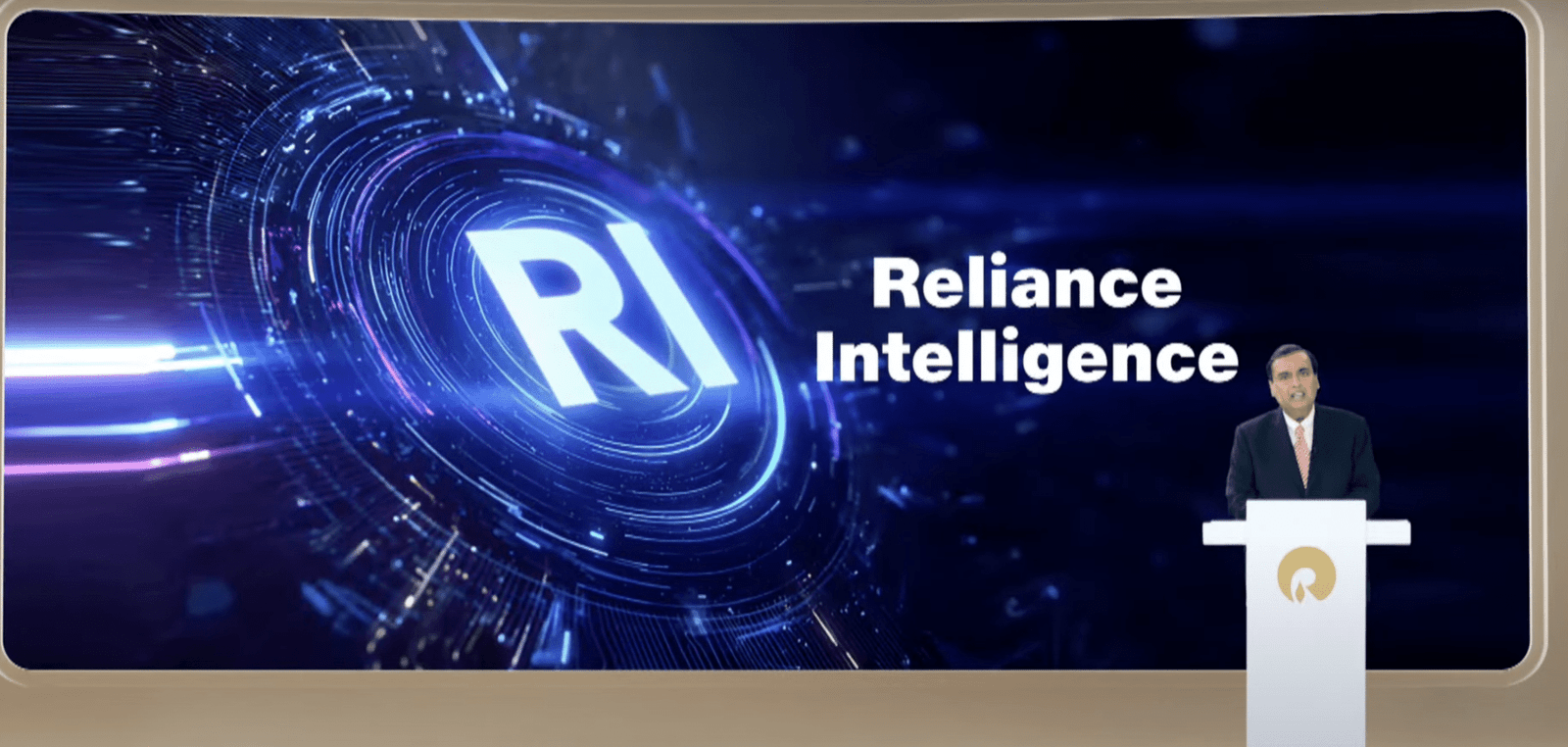Jobs & Careers
Python functools & itertools: 7 Super Handy Tools for Smarter Code

Image by Author | Ideogram
Python’s standard library has several utilities that can transform your code from clunky and verbose to elegant and efficient. Among these, the functools and itertools modules often come in super handy for non-trivial tasks.
Today, we’ll look at seven essential tools — functions and decorators — from these modules that’ll make your Python code better.
Let’s get started.
1. functools.lru_cache
You can use the @lru_cache decorator to cache function results, and to avoid repeating expensive operations.
Here’s an example:
from functools import lru_cache
@lru_cache(maxsize=128)
def fetch_user_data(user_id):
# Expensive database call
return database.get_user(user_id)
# First call hits database, subsequent calls use cache
user = fetch_user_data(123) # Database call
user = fetch_user_data(123) # Returns cached result
How it works: The @lru_cache decorator stores results in memory. When fetch_user_data(123) is called again, it returns the cached result instead of hitting the database. maxsize=128 keeps the 128 most recent results.
2. itertools.chain
To process multiple iterables as one continuous stream, you can use chain.from_iterable() from the itertools module.
Let’s take an example:
from itertools import chain
# Process multiple log files as one stream
error_logs = ['app.log', 'db.log', 'api.log']
all_lines = chain.from_iterable(open(f) for f in error_logs)
error_count = sum(1 for line in all_lines if 'ERROR' in line)
How it works: chain.from_iterable() takes multiple iterables and creates one continuous stream. It reads one line at a time.
3. functools.partial
Partial functions in Python are super helpful when you need to create specialized versions of functions. Meaning you’d like to create versions of the function with some arguments already set using partial from the functools module.
Here’s an example of a partial function:
from functools import partial
import logging
def log_event(level, component, message):
logging.log(level, f"[{component}] {message}")
# Create specialized loggers
auth_error = partial(log_event, logging.ERROR, 'AUTH')
db_info = partial(log_event, logging.INFO, 'DATABASE')
# Clean usage
auth_error("Login failed for user")
db_info("Connection established")
How it works: partial creates a new function with some arguments pre-filled. In the example, auth_error is essentially log_event with level and component already set, so you only need to provide the message.
4. itertools.combinations
When you need to generate all possible combinations of items for testing or optimization, you can use combinations from the itertools module.
Consider the following example:
from itertools import combinations
features = ['cache', 'compression', 'cdn']
# Test all pairs of features
for combo in combinations(features, 2):
performance = test_feature_combo(combo)
print(f"{combo}: {performance}ms")
How it works: combinations(features, 2) generates all possible pairs from the list. It creates combinations on-demand without storing them all in memory, making it efficient for large datasets.
5. functools.singledispatch
The @singledispatch decorator from the functools module can help you make functions that act differently based on input type.
Look at the following code snippet:
from functools import singledispatch
from datetime import datetime
@singledispatch
def format_data(value):
return str(value) # Default
@format_data.register(datetime)
def _(value):
return value.strftime("%Y-%m-%d")
@format_data.register(list)
def _(value):
return ", ".join(str(item) for item in value)
# Automatically picks the right formatter
print(format_data(datetime.now())) # this outputs "2025-06-27"
print(format_data([1, 2, 3])) # this outputs "1, 2, 3"
How it works: Python checks the type of the first argument and calls the appropriate registered function. However, it uses the default @singledispatch function if no specific handler exists.
6. itertools.groupby
You can group consecutive elements that share the same property using the groupby function from itertools.
Consider this example:
from itertools import groupby
transactions = [
{'type': 'credit', 'amount': 100},
{'type': 'credit', 'amount': 50},
{'type': 'debit', 'amount': 75},
{'type': 'debit', 'amount': 25}
]
# Group by transaction type
for trans_type, group in groupby(transactions, key=lambda x: x['type']):
total = sum(item['amount'] for item in group)
print(f"{trans_type}: ${total}")
How it works: groupby groups consecutive items with the same key. It returns pairs of (key, group_iterator). Important: it only groups adjacent items, so sort your data first if needed.
7. functools.reduce
You can use the reduce function from the functools module to apply a function cumulatively to all elements in an iterable to get a single value.
Take the following example:
from functools import reduce
# Calculate compound interest
monthly_rates = [1.01, 1.02, 0.99, 1.015] # Monthly growth rates
final_amount = reduce(lambda total, rate: total * rate, monthly_rates, 1000)
print(f"Final amount: ${final_amount:.2f}")
How it works: reduce takes a function and applies it step by step: first to the initial value (1000) and the first rate, then to that result and the second rate, and so on. It works well for operations that build up state.
Wrapping Up
To sum up, we’ve seen how you can use:
@lru_cachewhen you have functions that are called often with the same argumentsitertools.chainwhen you need to process multiple data sources as one continuous streamfunctools.partialto create specialized versions of generic functionsitertools.combinationsfor systematic exploration of possibilities@singledispatchwhen you need type-based function behaviorgroupbyfor efficient consecutive grouping operationsreducefor complex aggregations that build up state
The next time you find yourself writing verbose loops or repetitive code, pause and consider whether one of these might provide a more elegant solution.
These are just a handful of tools I find helpful. There are many more if you take a closer look at the Python standard library. So yeah, happy exploring!
Bala Priya C is a developer and technical writer from India. She likes working at the intersection of math, programming, data science, and content creation. Her areas of interest and expertise include DevOps, data science, and natural language processing. She enjoys reading, writing, coding, and coffee! Currently, she’s working on learning and sharing her knowledge with the developer community by authoring tutorials, how-to guides, opinion pieces, and more. Bala also creates engaging resource overviews and coding tutorials.
Jobs & Careers
NVIDIA Reveals Two Customers Accounted for 39% of Quarterly Revenue

NVIDIA disclosed on August 28, 2025, that two unnamed customers contributed 39% of its revenue in the July quarter, raising questions about the chipmaker’s dependence on a small group of clients.
The company posted record quarterly revenue of $46.7 billion, up 56% from a year ago, driven by insatiable demand for its data centre products.
In a filing with the U.S. Securities and Exchange Commission (SEC), NVIDIA said “Customer A” accounted for 23% of total revenue and “Customer B” for 16%. A year earlier, its top two customers made up 14% and 11% of revenue.
The concentration highlights the role of large buyers, many of whom are cloud service providers. “Large cloud service providers made up about 50% of the company’s data center revenue,” NVIDIA chief financial officer Colette Kress said on Wednesday. Data center sales represented 88% of NVIDIA’s overall revenue in the second quarter.
“We have experienced periods where we receive a significant amount of our revenue from a limited number of customers, and this trend may continue,” the company wrote in the filing.
One of the customers could possibly be Saudi Arabia’s AI firm Humain, which is building two data centers in Riyadh and Dammam, slated to open in early 2026. The company has secured approval to import 18,000 NVIDIA AI chips.
The second customer could be OpenAI or one of the major cloud providers — Microsoft, AWS, Google Cloud, or Oracle. Another possibility is xAI.
Previously, Elon Musk said xAI has 230,000 GPUs, including 30,000 GB200s, operational for training its Grok model in a supercluster called Colossus 1. Inference is handled by external cloud providers.
Musk added that Colossus 2, which will host an additional 550,000 GB200 and GB300 GPUs, will begin going online in the coming weeks. “As Jensen Huang has stated, xAI is unmatched in speed. It’s not even close,” Musk wrote in a post on X.Meanwhile, OpenAI is preparing for a major expansion. Chief Financial Officer Sarah Friar said the company plans to invest in trillion-dollar-scale data centers to meet surging demand for AI computation.
The post NVIDIA Reveals Two Customers Accounted for 39% of Quarterly Revenue appeared first on Analytics India Magazine.
Jobs & Careers
‘Reliance Intelligence’ is Here, In Partnership with Google and Meta

Reliance Industries chairman Mukesh Ambani has announced the launch of Reliance Intelligence, a new wholly owned subsidiary focused on artificial intelligence, marking what he described as the company’s “next transformation into a deep-tech enterprise.”
Addressing shareholders, Ambani said Reliance Intelligence had been conceived with four core missions—building gigawatt-scale AI-ready data centres powered by green energy, forging global partnerships to strengthen India’s AI ecosystem, delivering AI services for consumers and SMEs in critical sectors such as education, healthcare, and agriculture, and creating a home for world-class AI talent.
Work has already begun on gigawatt-scale AI data centres in Jamnagar, Ambani said, adding that they would be rolled out in phases in line with India’s growing needs.
These facilities, powered by Reliance’s new energy ecosystem, will be purpose-built for AI training and inference at a national scale.
Ambani also announced a “deeper, holistic partnership” with Google, aimed at accelerating AI adoption across Reliance businesses.
“We are marrying Reliance’s proven capability to build world-class assets and execute at India scale with Google’s leading cloud and AI technologies,” Ambani said.
Google CEO Sundar Pichai, in a recorded message, said the two companies would set up a new cloud region in Jamnagar dedicated to Reliance.
“It will bring world-class AI and compute from Google Cloud, powered by clean energy from Reliance and connected by Jio’s advanced network,” Pichai said.
He added that Google Cloud would remain Reliance’s largest public cloud partner, supporting mission-critical workloads and co-developing advanced AI initiatives.
Ambani further unveiled a new AI-focused joint venture with Meta.
He said the venture would combine Reliance’s domain expertise across industries with Meta’s open-source AI models and tools to deliver “sovereign, enterprise-ready AI for India.”
Meta founder and CEO Mark Zuckerberg, in his remarks, said the partnership is aimed to bring open-source AI to Indian businesses at scale.
“With Reliance’s reach and scale, we can bring this to every corner of India. This venture will become a model for how AI, and one day superintelligence, can be delivered,” Zuckerberg said.
Ambani also highlighted Reliance’s investments in AI-powered robotics, particularly humanoid robotics, which he said could transform manufacturing, supply chains and healthcare.
“Intelligent automation will create new industries, new jobs and new opportunities for India’s youth,” he told shareholders.
Calling AI an opportunity “as large, if not larger” than Reliance’s digital services push a decade ago, Ambani said Reliance Intelligence would work to deliver “AI everywhere and for every Indian.”
“We are building for the next decade with confidence and ambition,” he said, underscoring that the company’s partnerships, green infrastructure and India-first governance approach would be central to this strategy.
The post ‘Reliance Intelligence’ is Here, In Partnership with Google and Meta appeared first on Analytics India Magazine.
Jobs & Careers
Cognizant, Workfabric AI to Train 1,000 Context Engineers

Cognizant has announced that it would deploy 1,000 context engineers over the next year to industrialise agentic AI across enterprises.
According to an official release, the company claimed that the move marks a “pivotal investment” in the emerging discipline of context engineering.
As part of this initiative, Cognizant said it is partnering with Workfabric AI, the company building the context engine for enterprise AI.
Cognizant’s context engineers will be powered by Workfabric AI’s ContextFabric platform, the statement said, adding that the platform transforms the organisational DNA of enterprises, how their teams work, including their workflows, data, rules, and processes, into actionable context for AI agents.Context engineering is essential to enabling AI a
-
Tools & Platforms3 weeks ago
Building Trust in Military AI Starts with Opening the Black Box – War on the Rocks
-

 Business2 days ago
Business2 days agoThe Guardian view on Trump and the Fed: independence is no substitute for accountability | Editorial
-

 Ethics & Policy1 month ago
Ethics & Policy1 month agoSDAIA Supports Saudi Arabia’s Leadership in Shaping Global AI Ethics, Policy, and Research – وكالة الأنباء السعودية
-

 Events & Conferences3 months ago
Events & Conferences3 months agoJourney to 1000 models: Scaling Instagram’s recommendation system
-

 Jobs & Careers2 months ago
Jobs & Careers2 months agoMumbai-based Perplexity Alternative Has 60k+ Users Without Funding
-

 Funding & Business2 months ago
Funding & Business2 months agoKayak and Expedia race to build AI travel agents that turn social posts into itineraries
-

 Education2 months ago
Education2 months agoVEX Robotics launches AI-powered classroom robotics system
-

 Podcasts & Talks2 months ago
Podcasts & Talks2 months agoHappy 4th of July! 🎆 Made with Veo 3 in Gemini
-

 Podcasts & Talks2 months ago
Podcasts & Talks2 months agoOpenAI 🤝 @teamganassi
-

 Mergers & Acquisitions2 months ago
Mergers & Acquisitions2 months agoDonald Trump suggests US government review subsidies to Elon Musk’s companies

